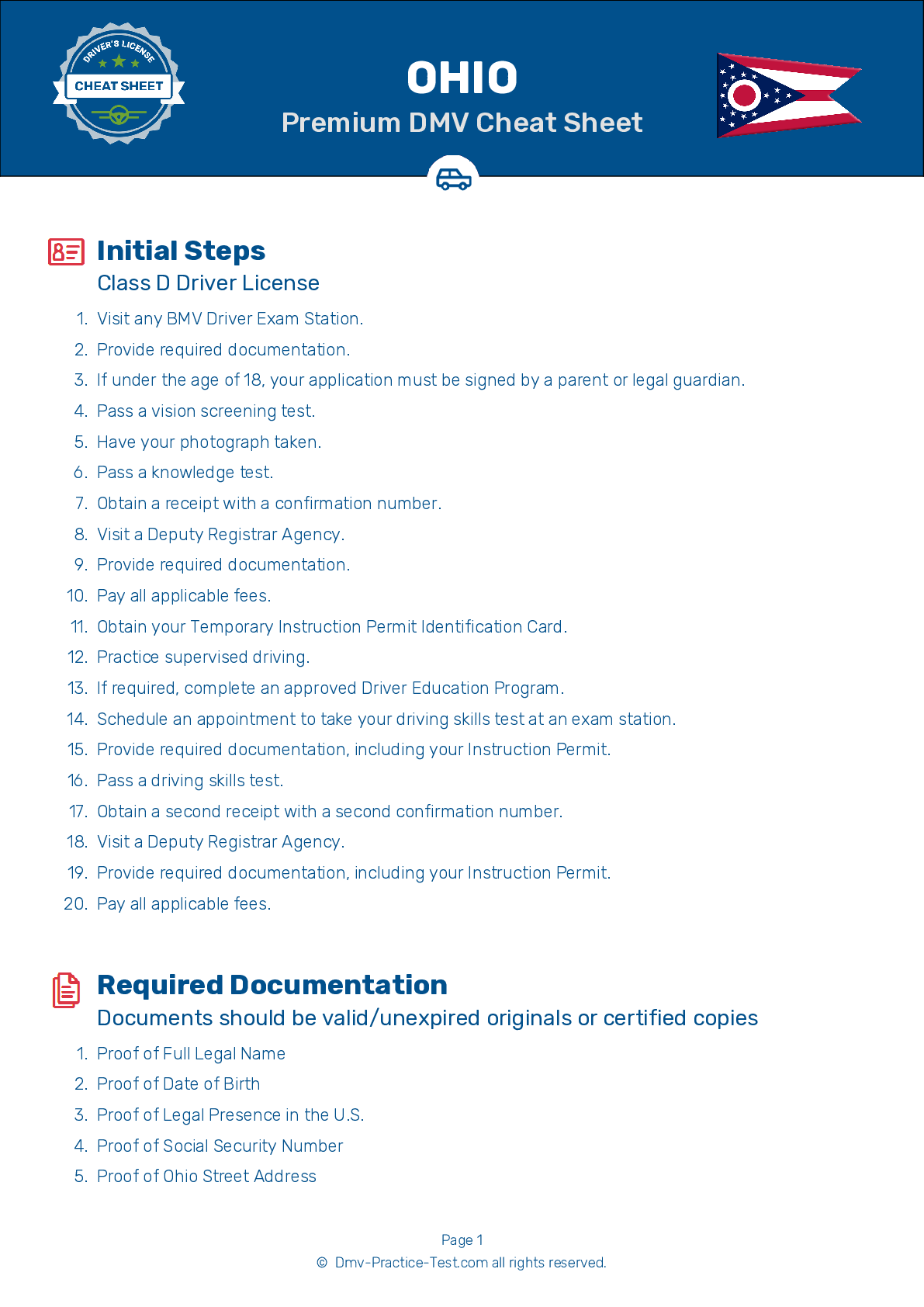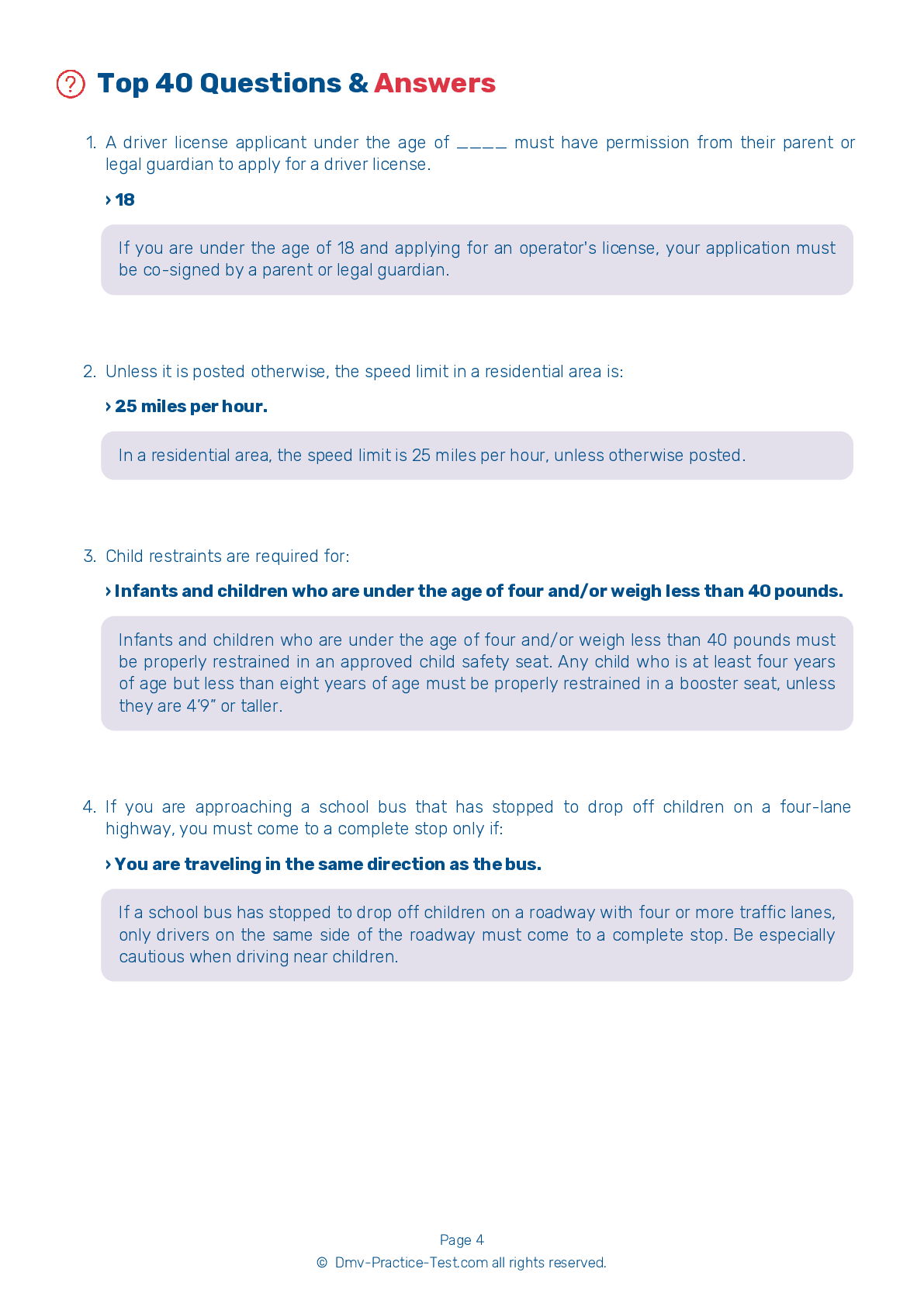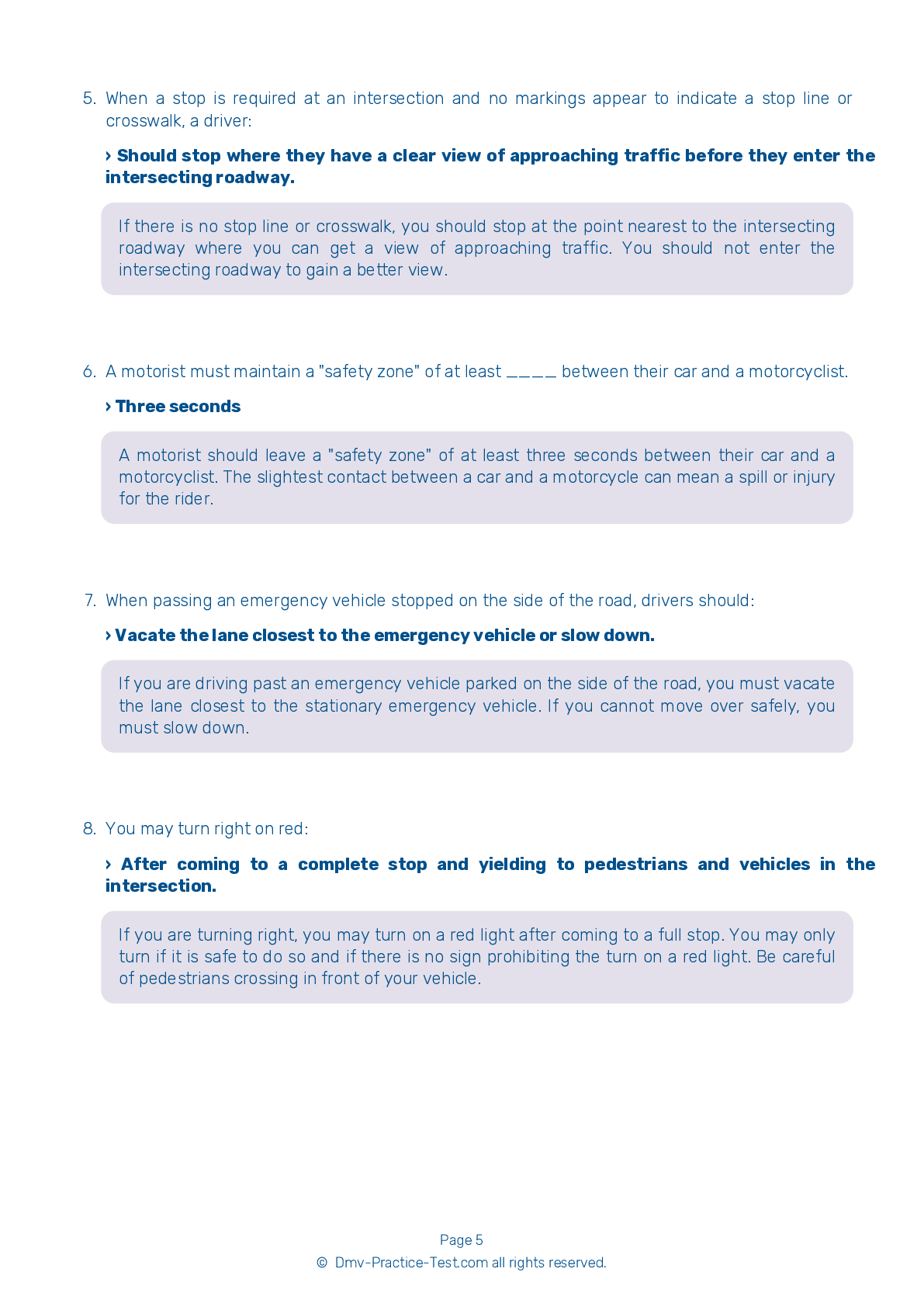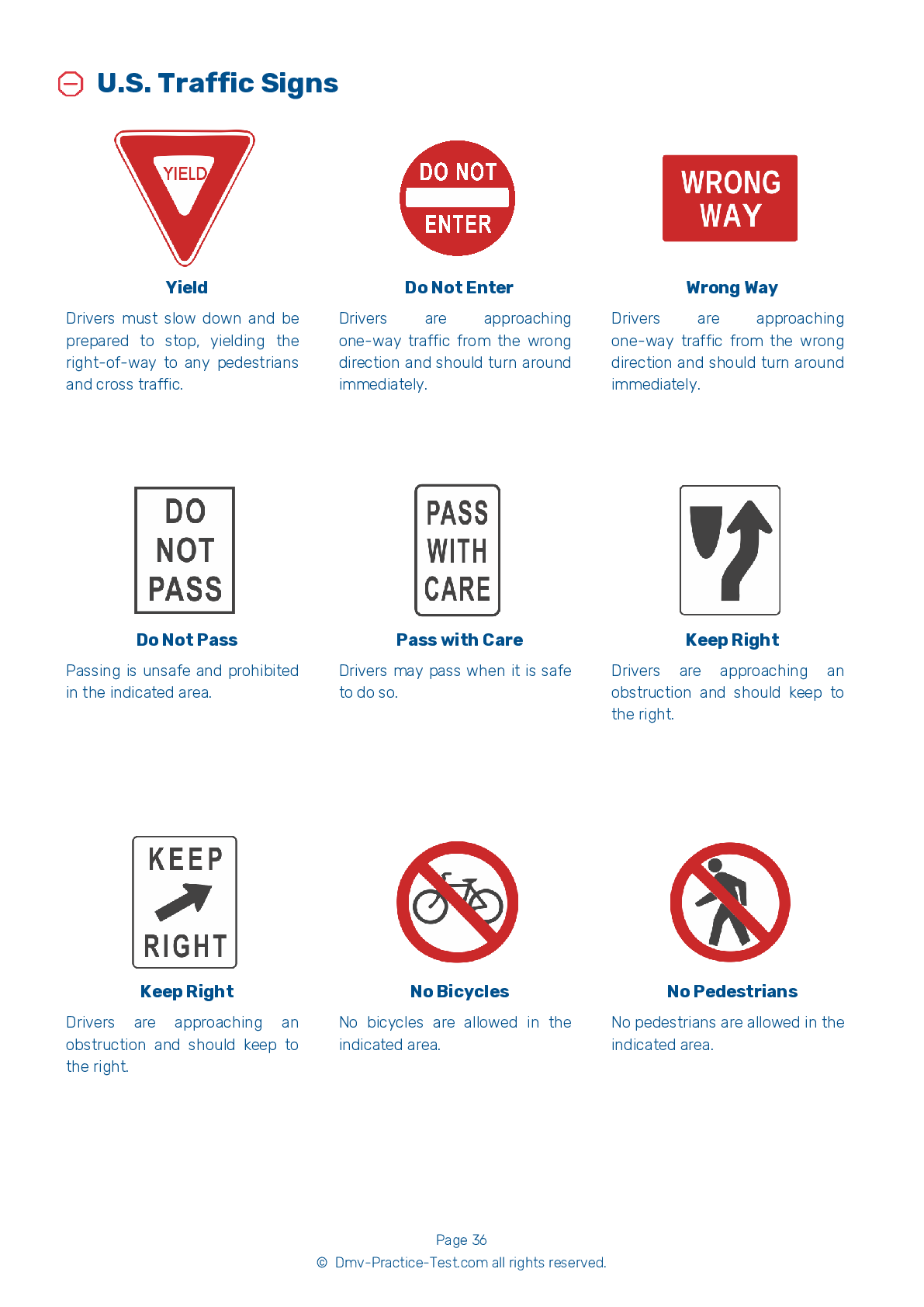FREE Ohio DMV Practice Test #5 Page 3 of 5
The practise exams for Ohio's DMV have been revised for January 2025. It comprises questions based on the most important traffic signals and laws for 2025 from the Ohio Driver Handbook. To study for the DMV driving permit test and driver's licence exam, use actual questions that are very similar (often identical!) to the DMV driving permit test and driver's licence exam.
Each question on the practise exam has a tip and explanation to help you recall the ideas. Questions about traffic rules, traffic signs, and driving statutes, as well as knowledge from the Driver Handbook, will be included in the written portion of the official Ohio DMV test.
You must properly answer 35 of the 40 questions to receive a passing mark. To help you prepare for your instruction permit or driver's licence, take this practise test from the Ohio Department of Motor Vehicles.
The DMV exam is offered in a variety of languages.
Using any form of testing help will result in an automatic fail, and the DMV may take further action against your driver's licence, so avoid it.
17 . This sign is used to prevent:
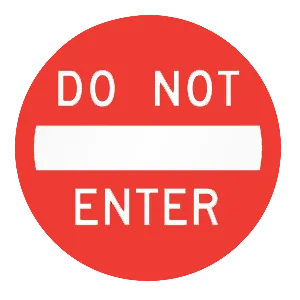
This sign warns that a road has one-way traffic and you must not enter from your current direction.
18 . Before turning left, it is important to:
When turning left at a traffic signal, you must yield the right-of-way to pedestrians and oncoming traffic.
19 . When approaching a traffic signal displaying a steady green arrow, drivers:
A green arrow displayed on a traffic signal tells drivers that they may turn in the direction of the arrow. You must be in the proper lane for such a turn. Yield the right-of-way to vehicles and pedestrians already in the intersection.
20 . When a vehicle with an Anti-Lock Braking System starts to lose traction on a slippery road, drivers should:
If their vehicle loses traction on a slippery road, a driver with an Anti-Lock Braking System (ABS) needs to press down hard on the brake pedal, hold it, and steer out of danger. In an emergency situation, the ABS automatically pumps the brakes at a faster rate than the driver could. Removing steady pressure from the brake pedal or pumping the brakes will disengage the ABS.
21 . Driving while keeping your pet on your lap is:
Operating a vehicle while holding an animal on your lap can be both dangerous and illegal. If you commit a moving violation while participating in a distracting activity, such as holding an animal or using a handheld cell phone, you may be charged for distracted driving in addition to any penalties for the moving violation.
22 . This sign means that:

This sign indicates that workers may be on or very close to the roadway ahead, so you should take special care when traveling through the area.
23 . When approaching a steady yellow traffic light, drivers should:
A steady yellow traffic light indicates that a red light is about to appear. Stop unless you are already within the intersection.
24 . This road sign means:
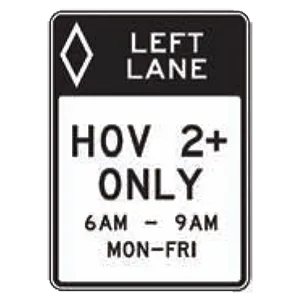
This sign marks a high occupancy vehicle (HOV) lane. HOV lanes are reserved for use by buses and vehicles with a driver and one or more passengers, as indicated on the sign.
See the exact questions that will be on the 2025 Ohio DMV exam.
99.2% of people who use the cheat sheet pass the FIRST TIME
LT gives us an insight on how the cheat sheet provided her with all the study questions she needed before taking her test.
Joe initially studied with the handbook and failed his test, he eventually found us online, studied and pass his test the first time around.
